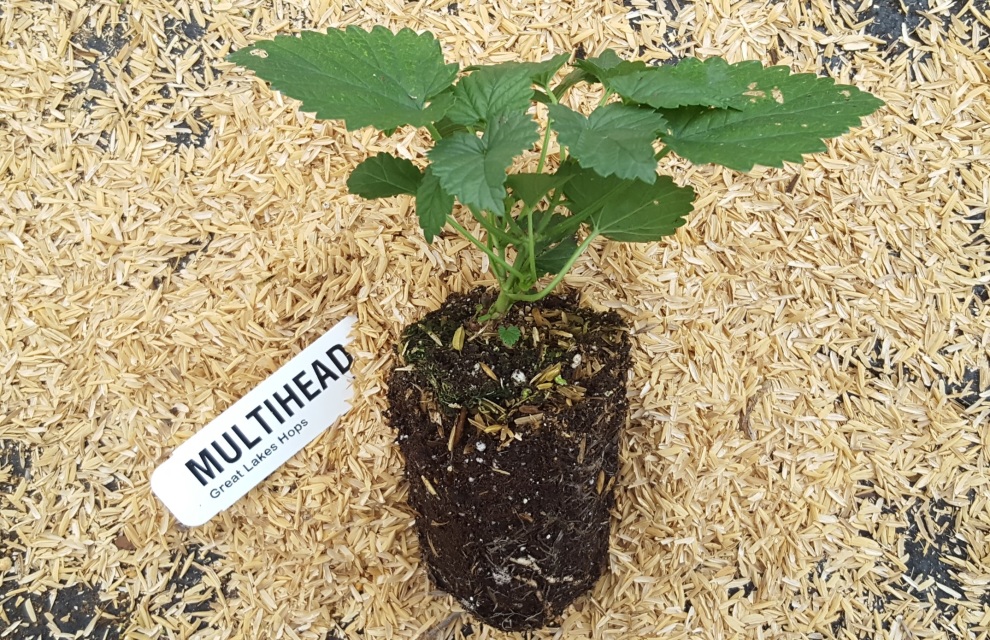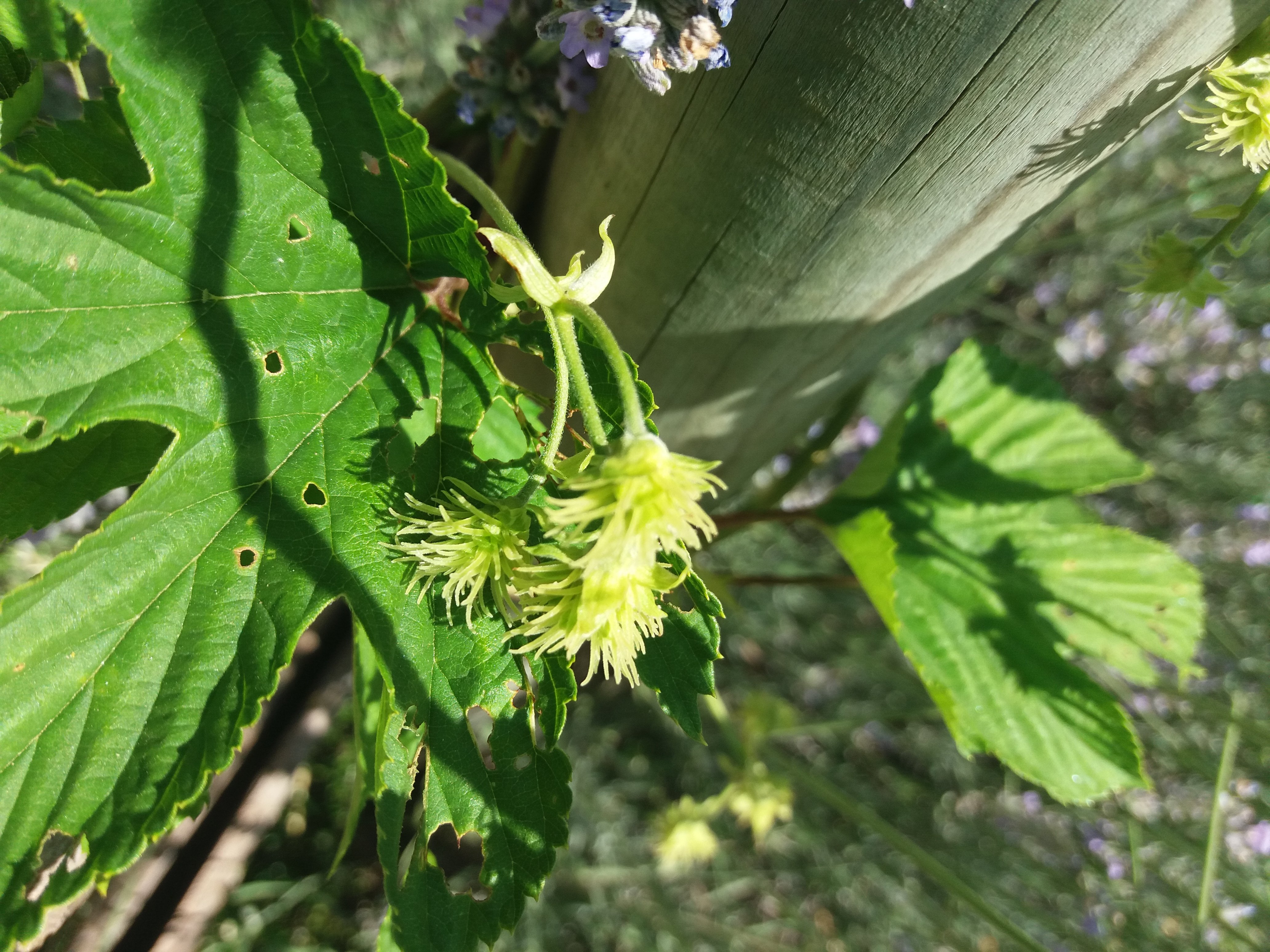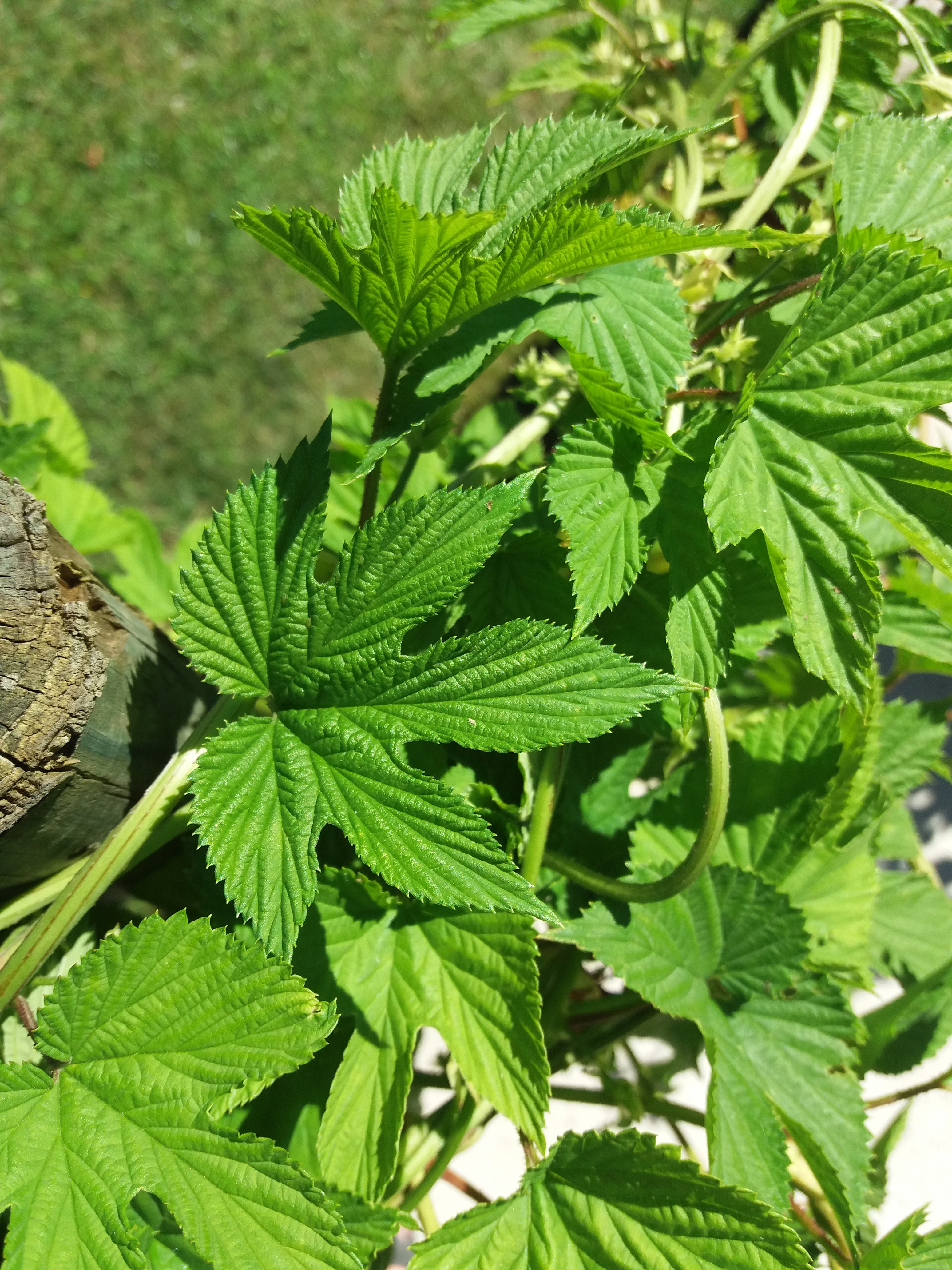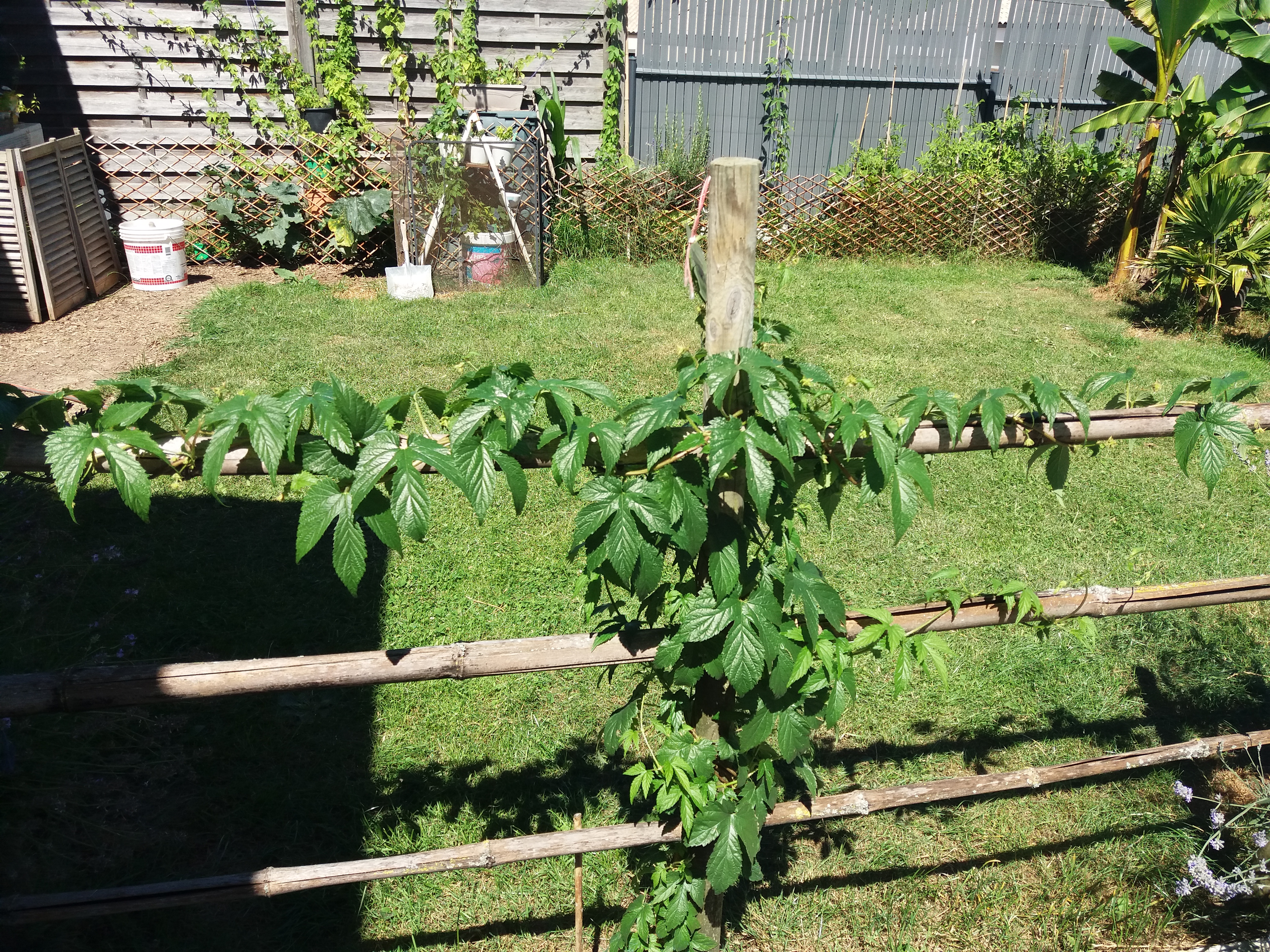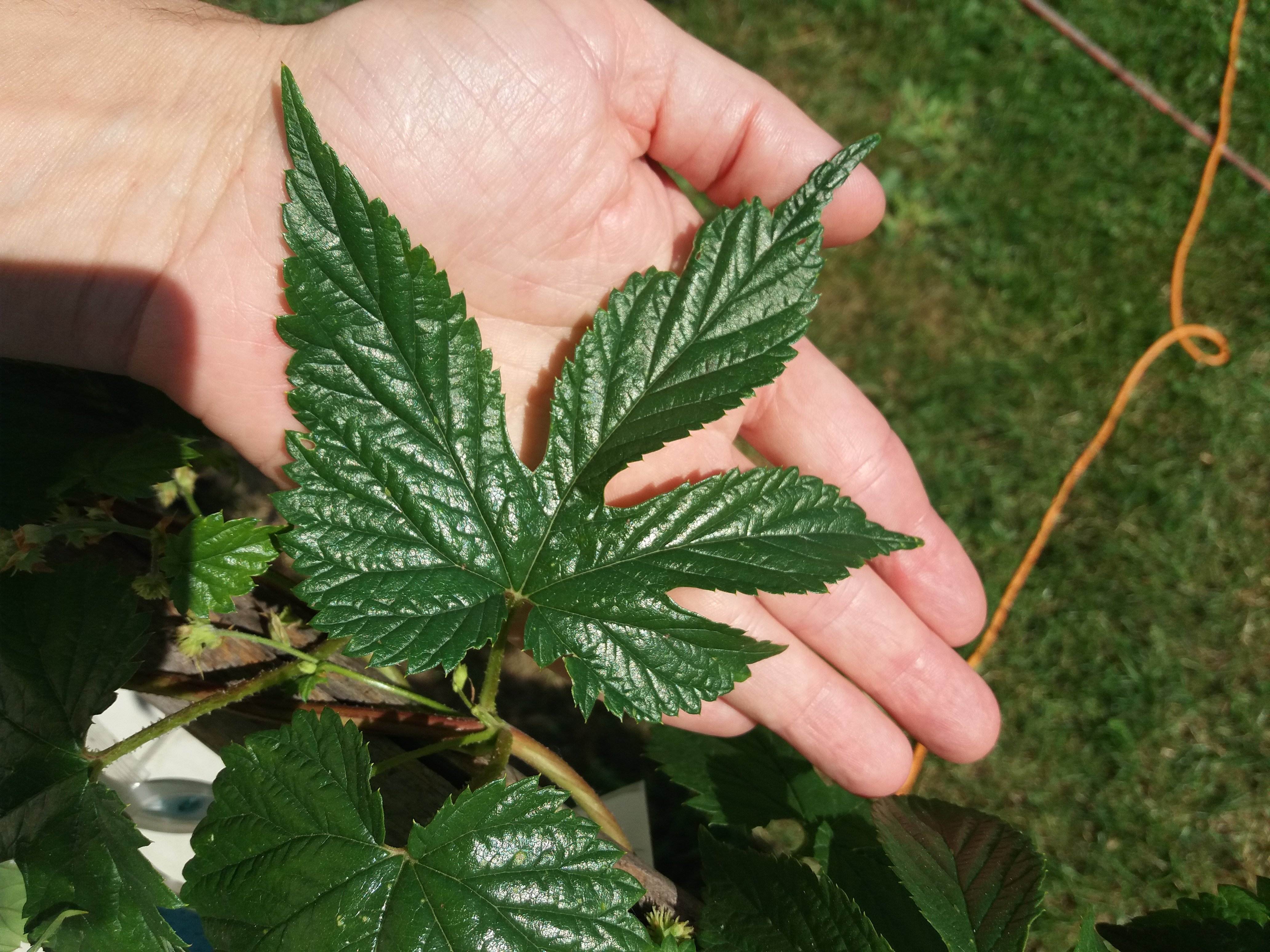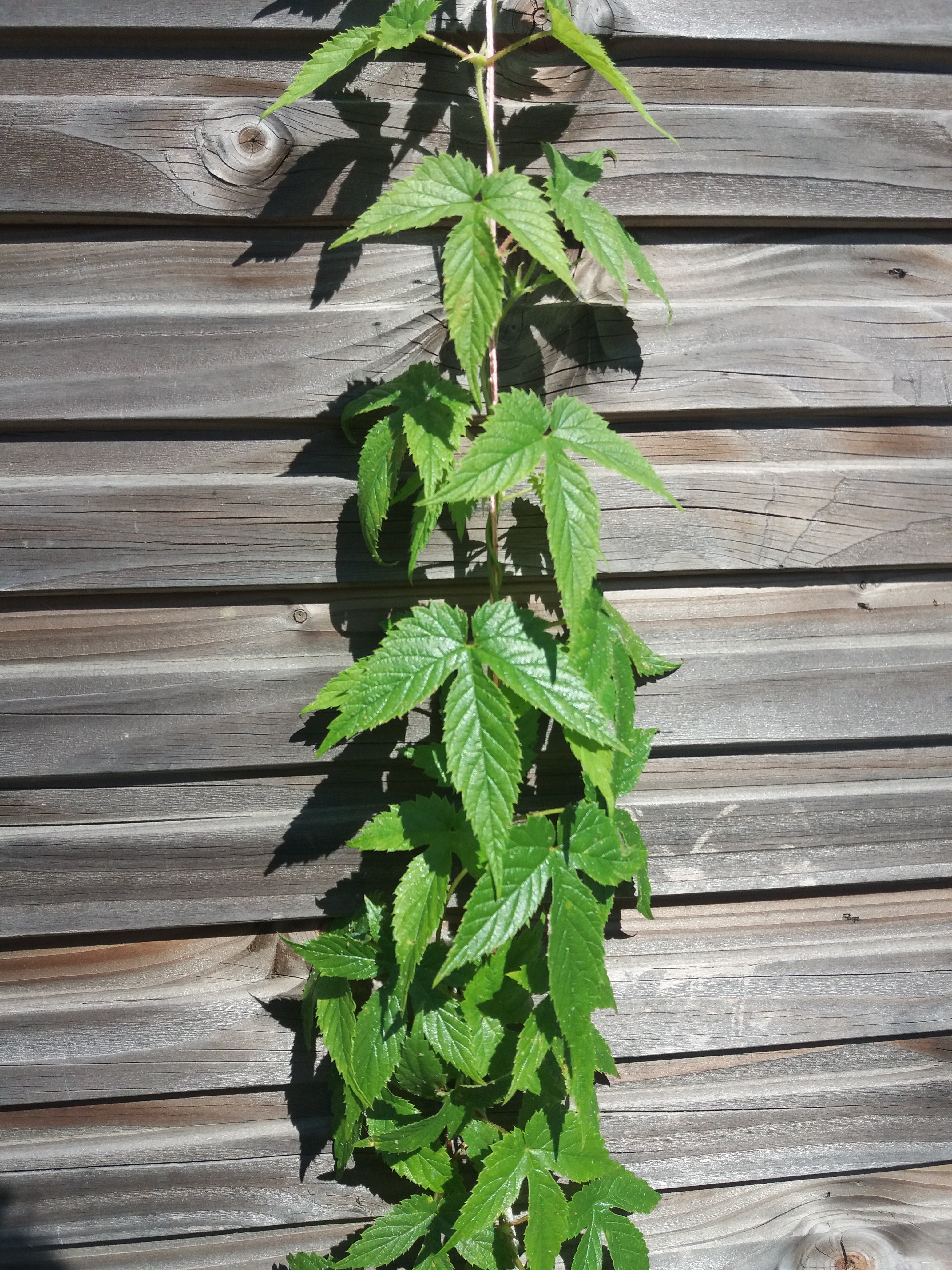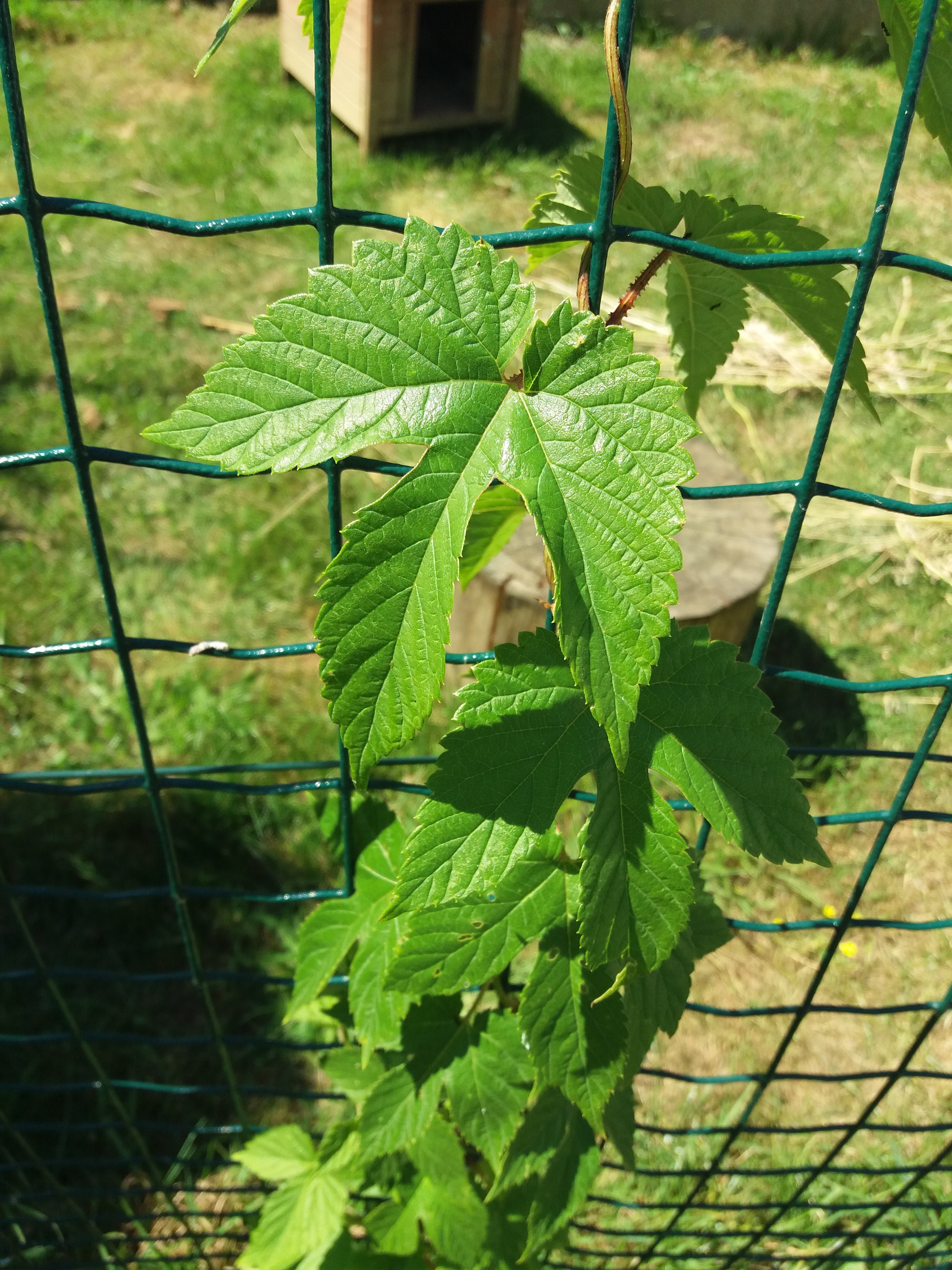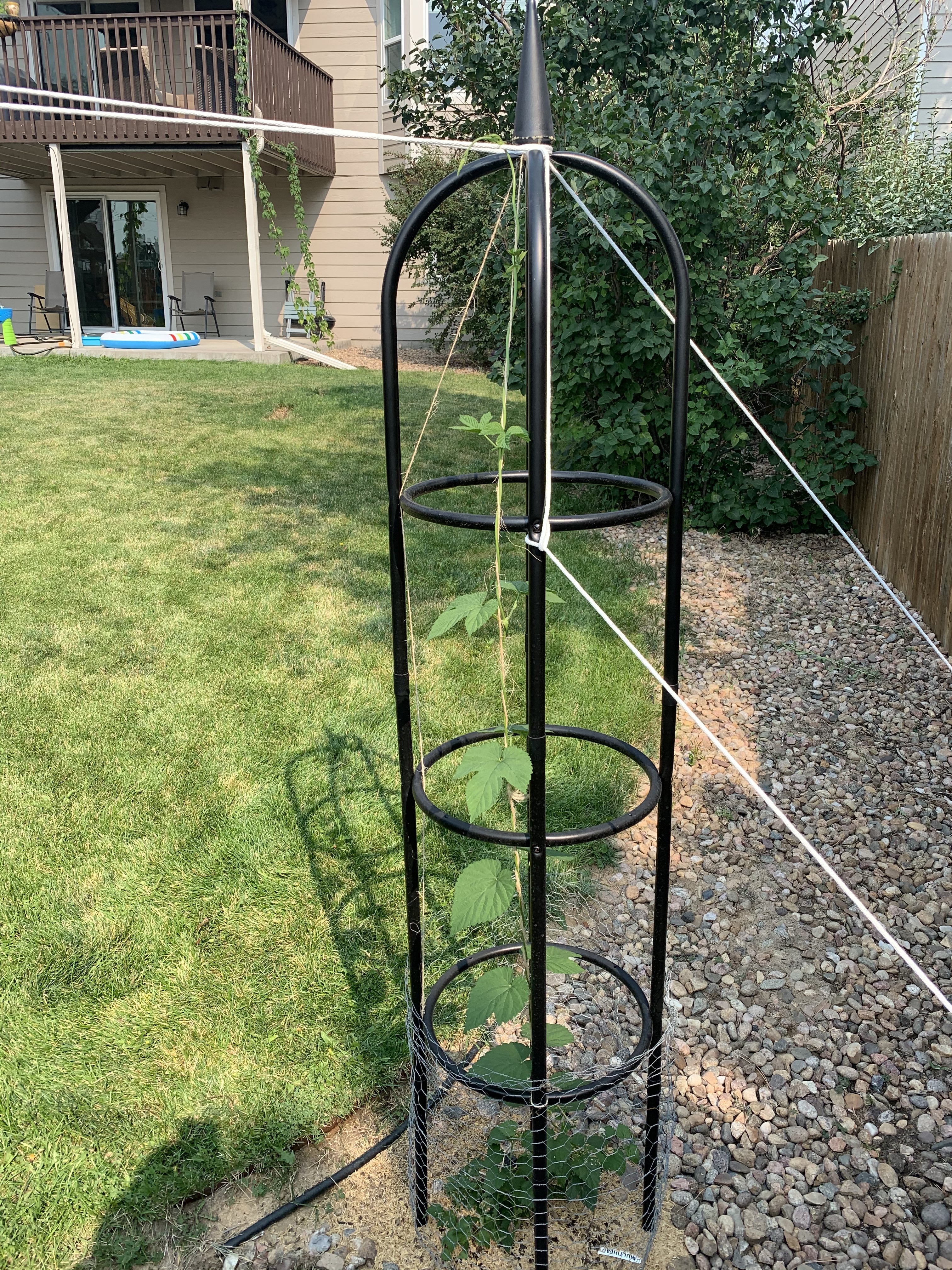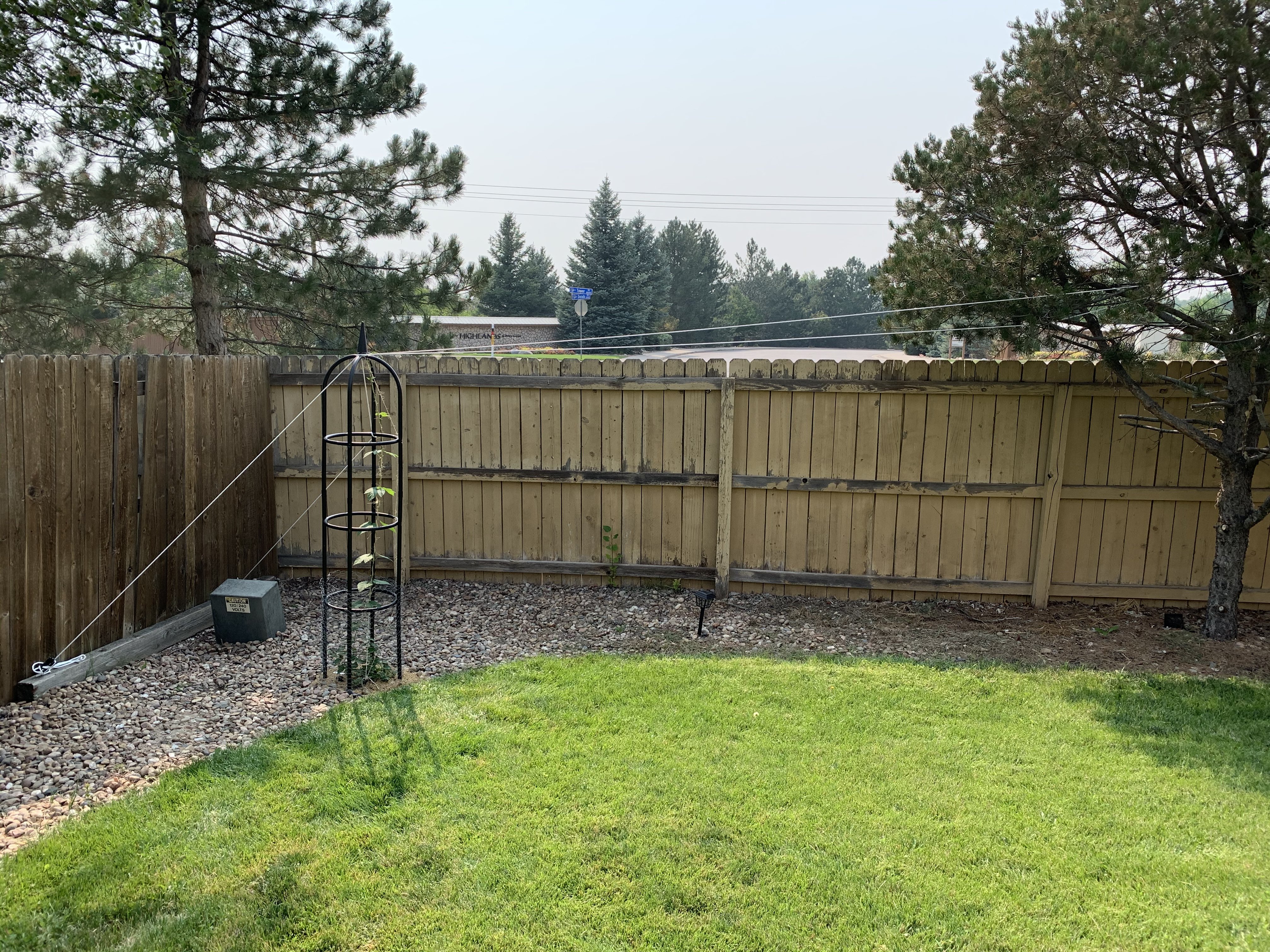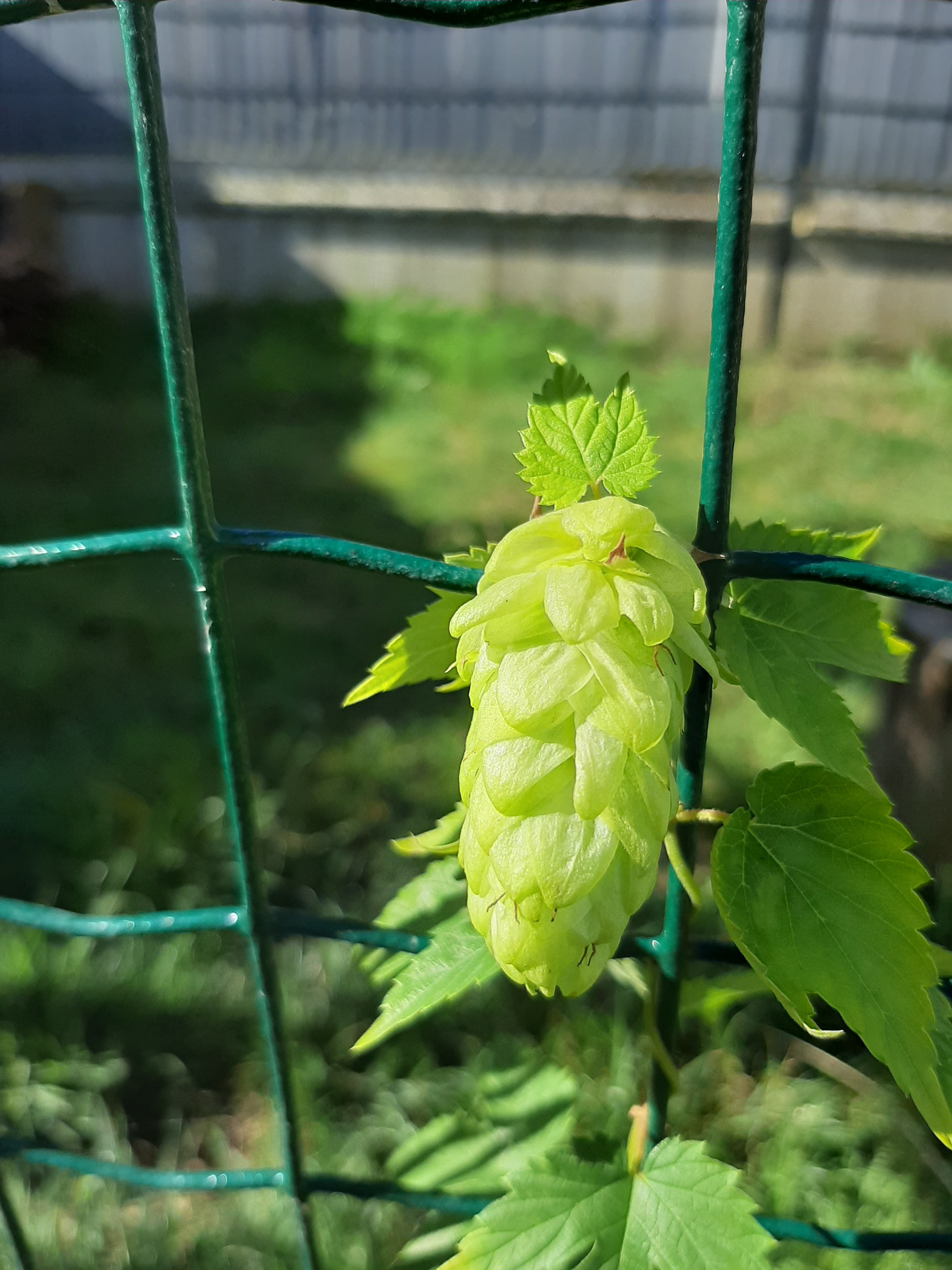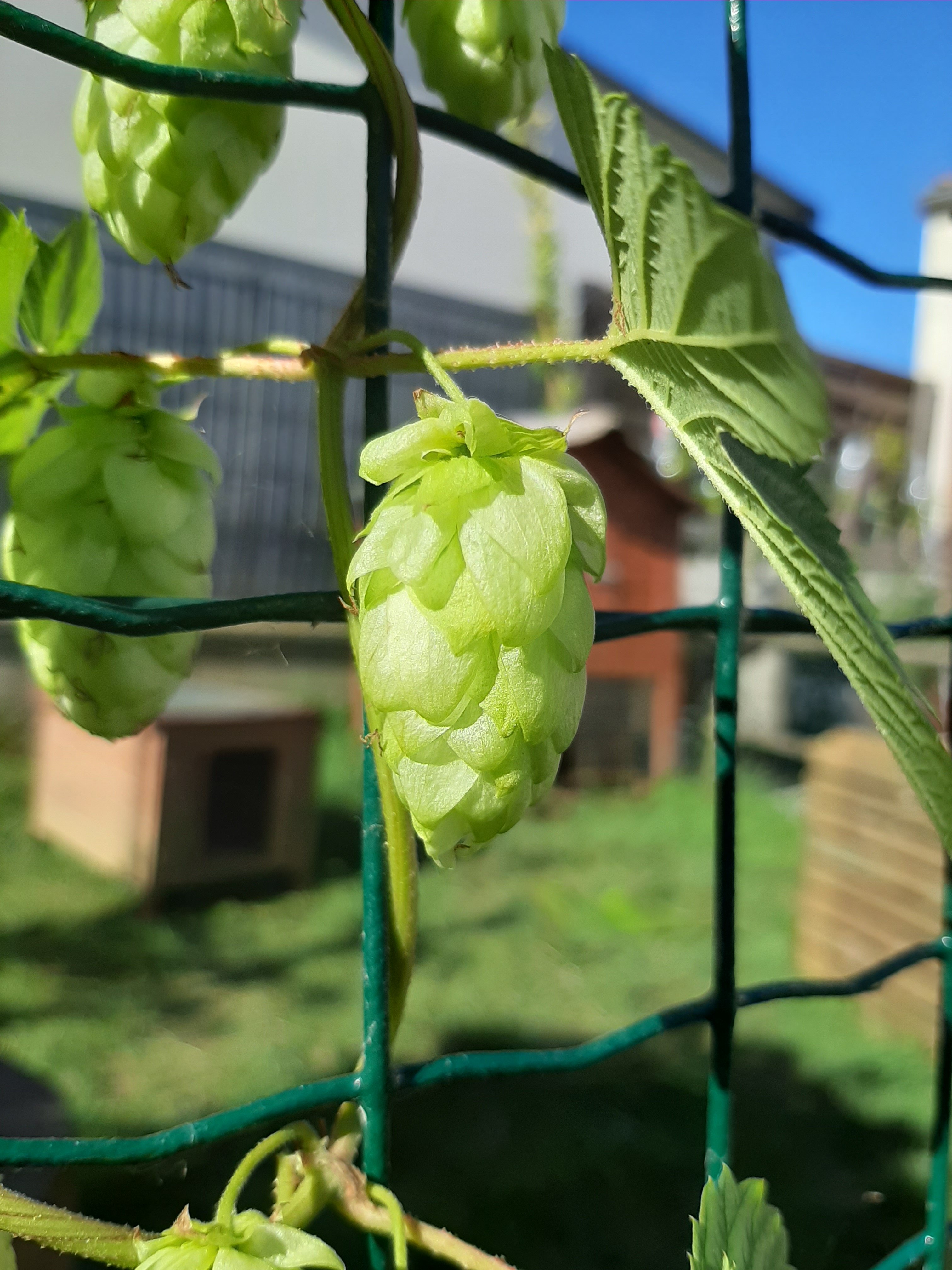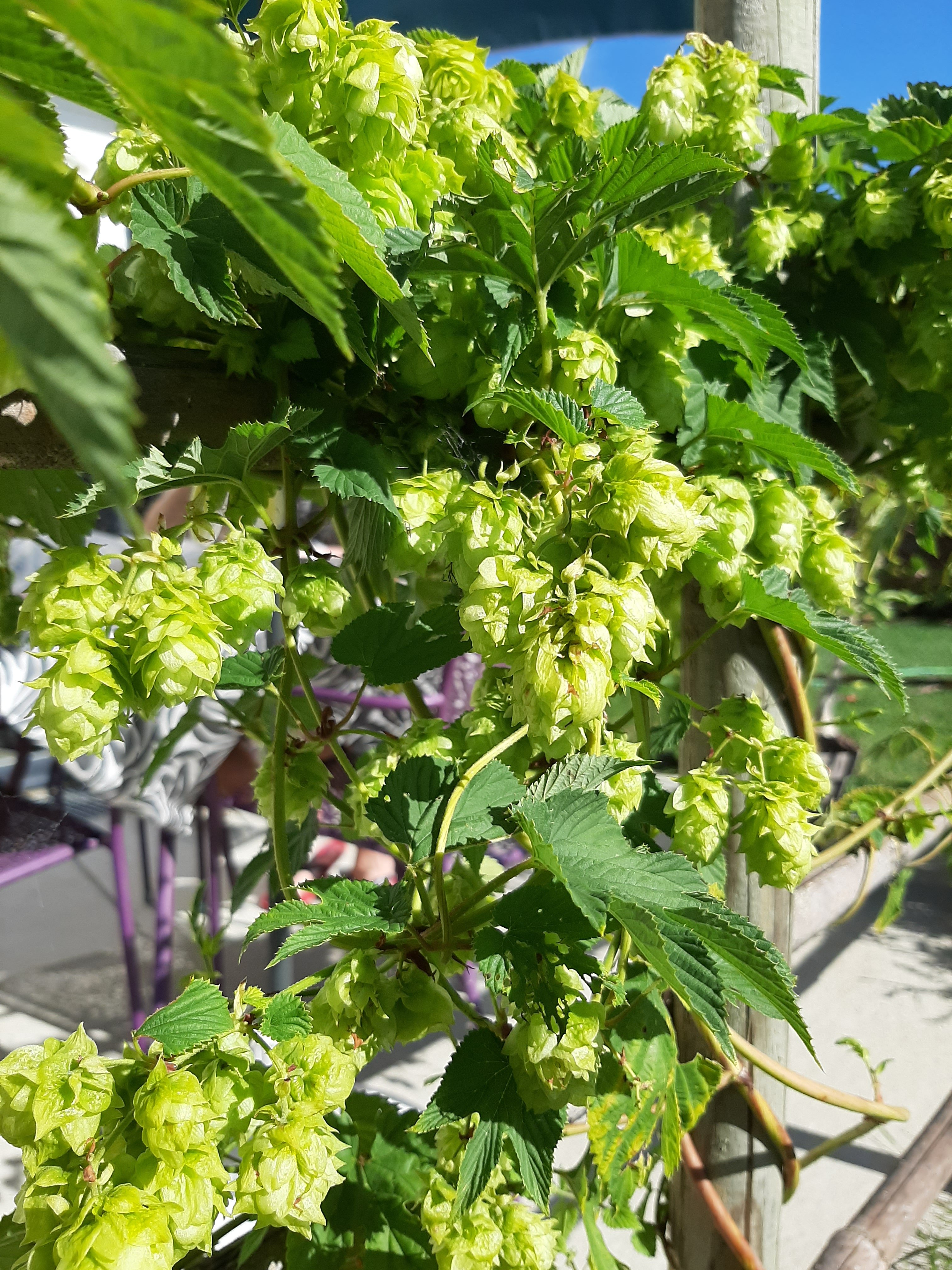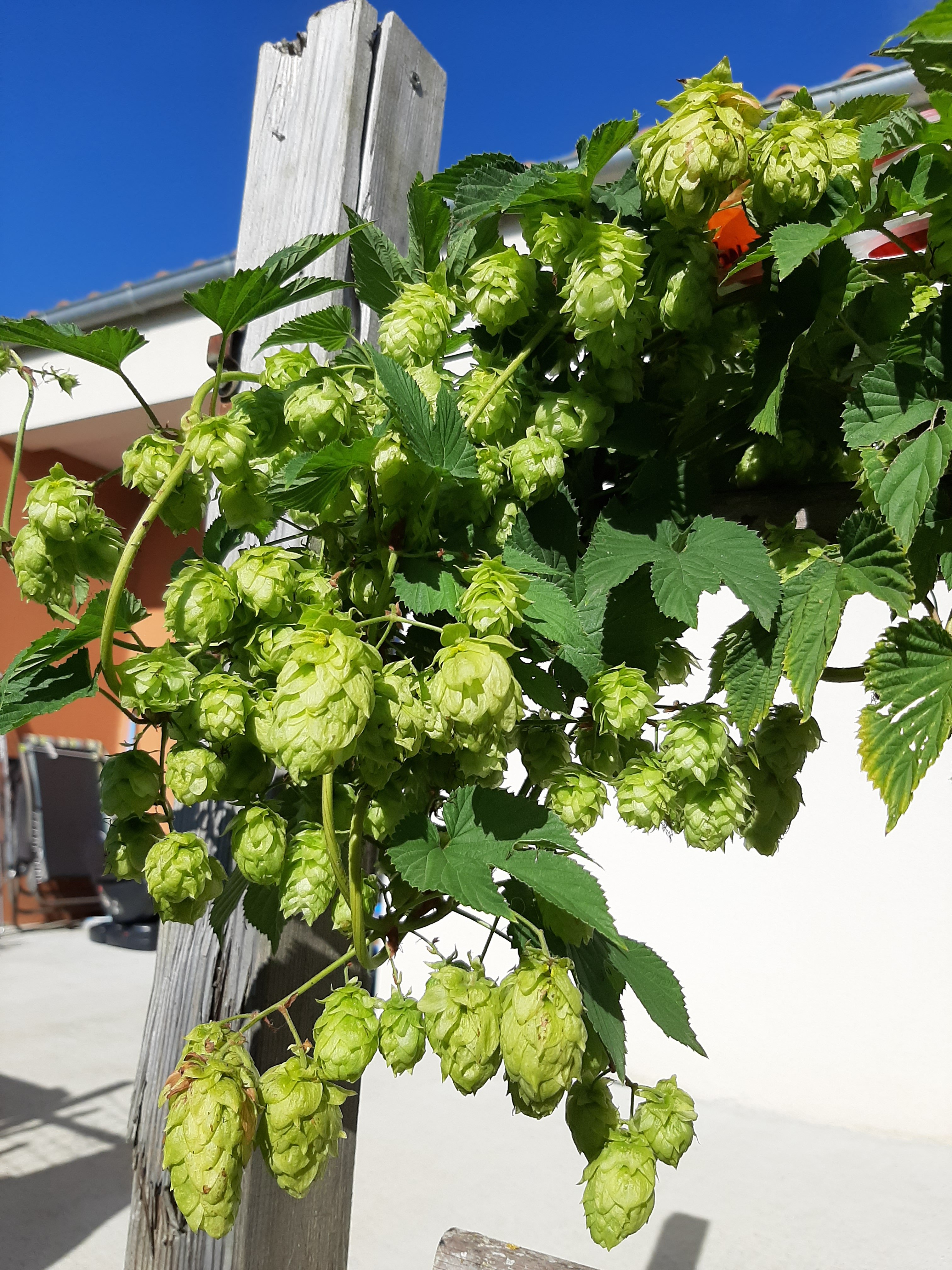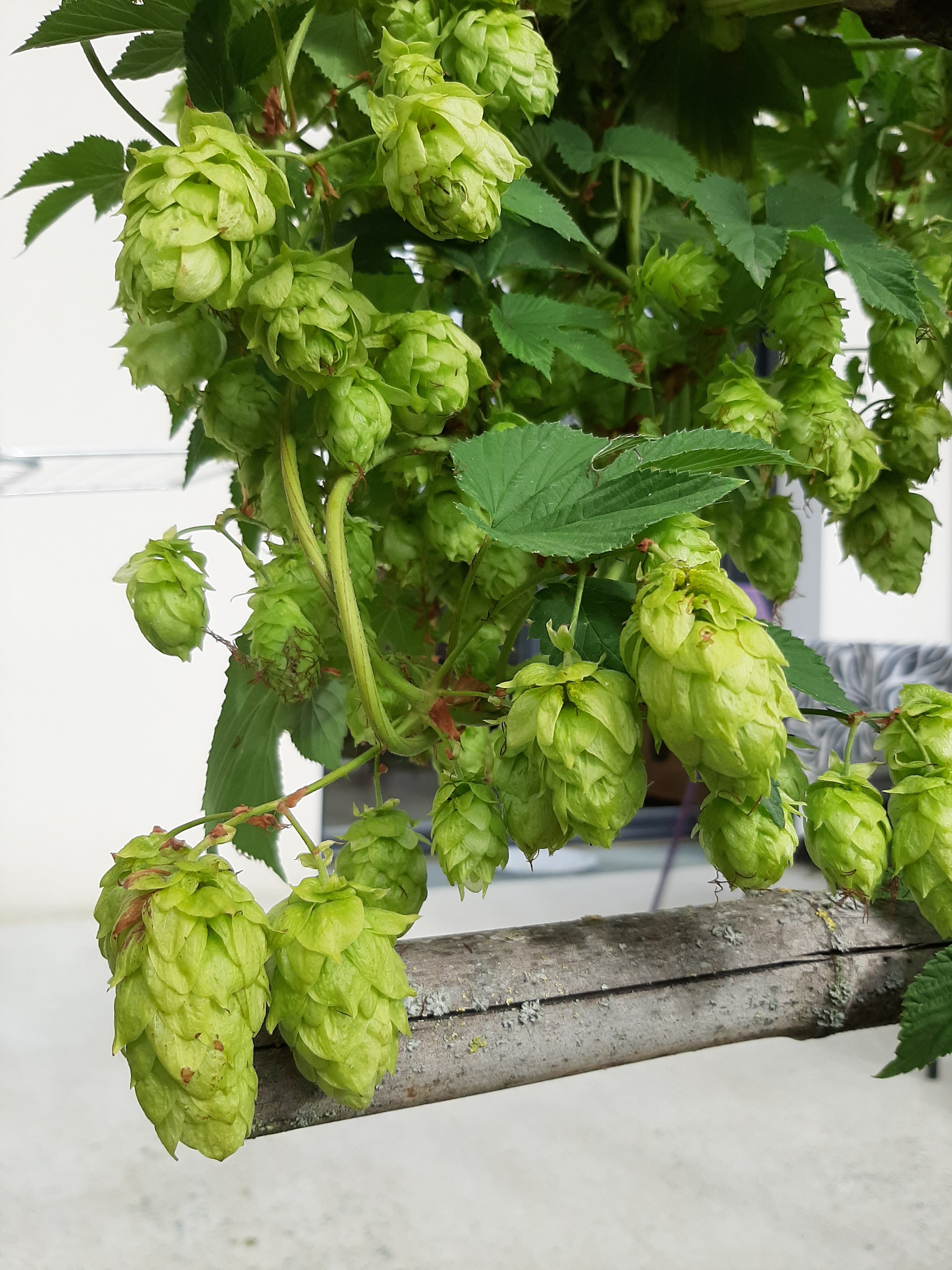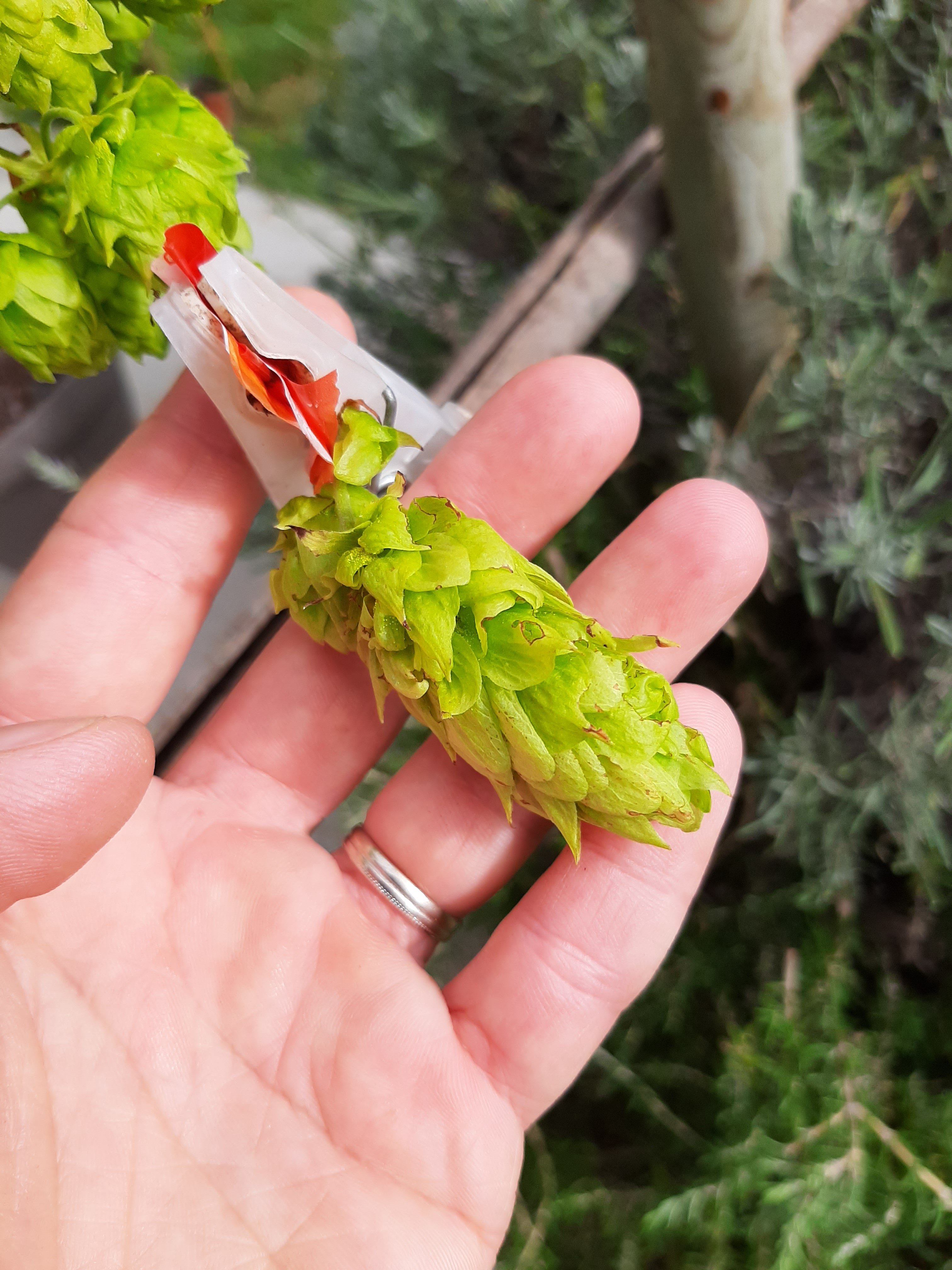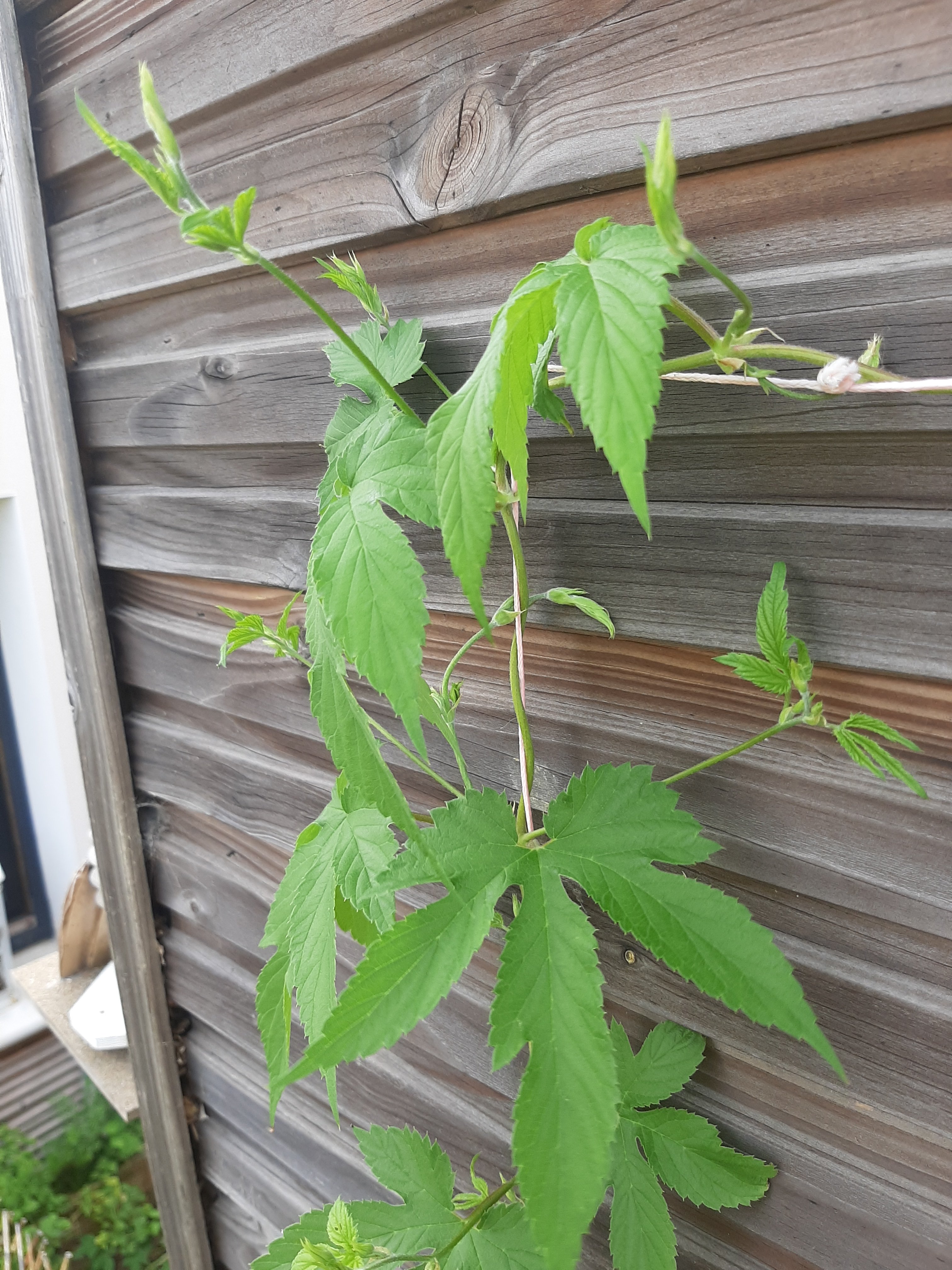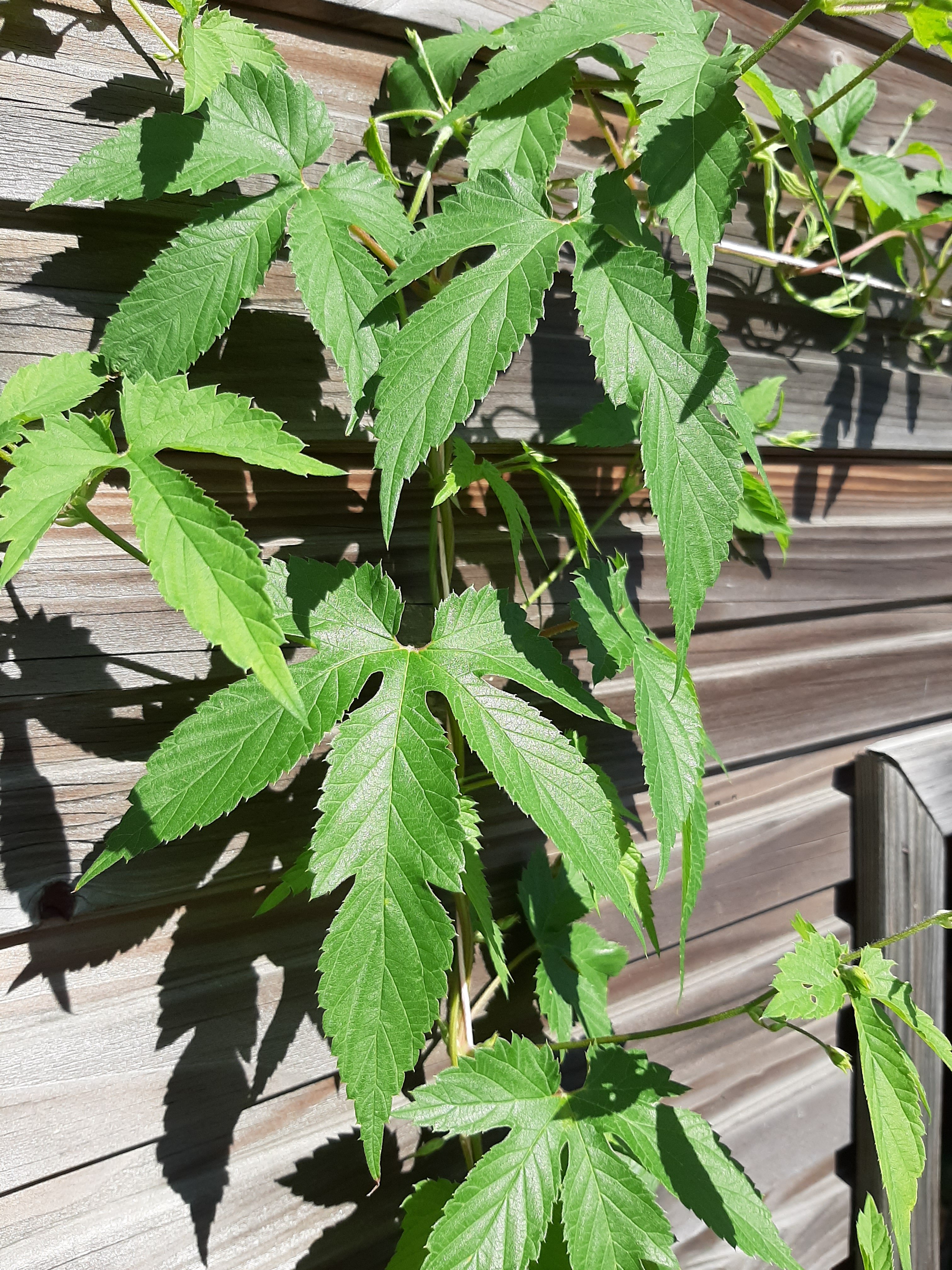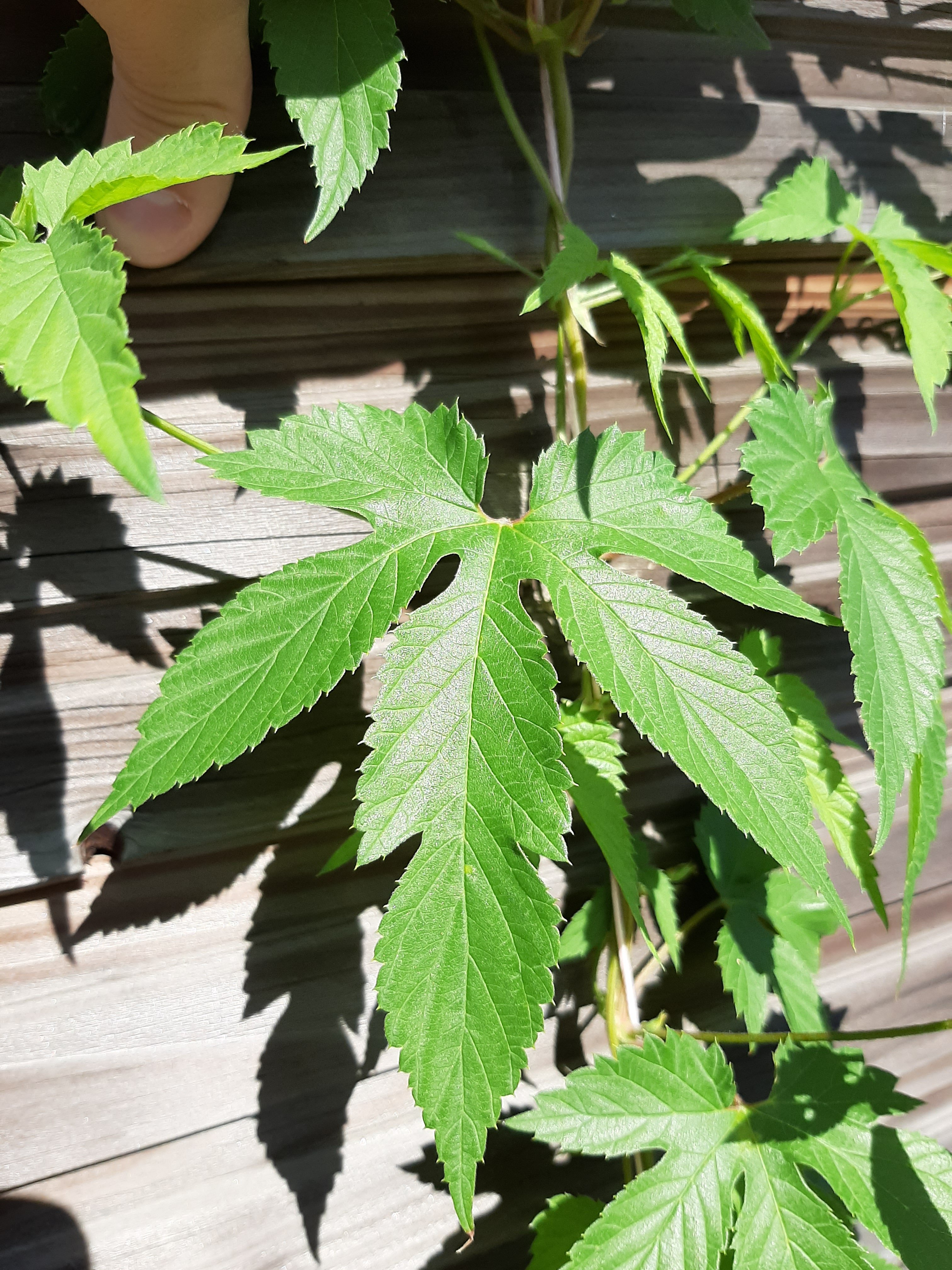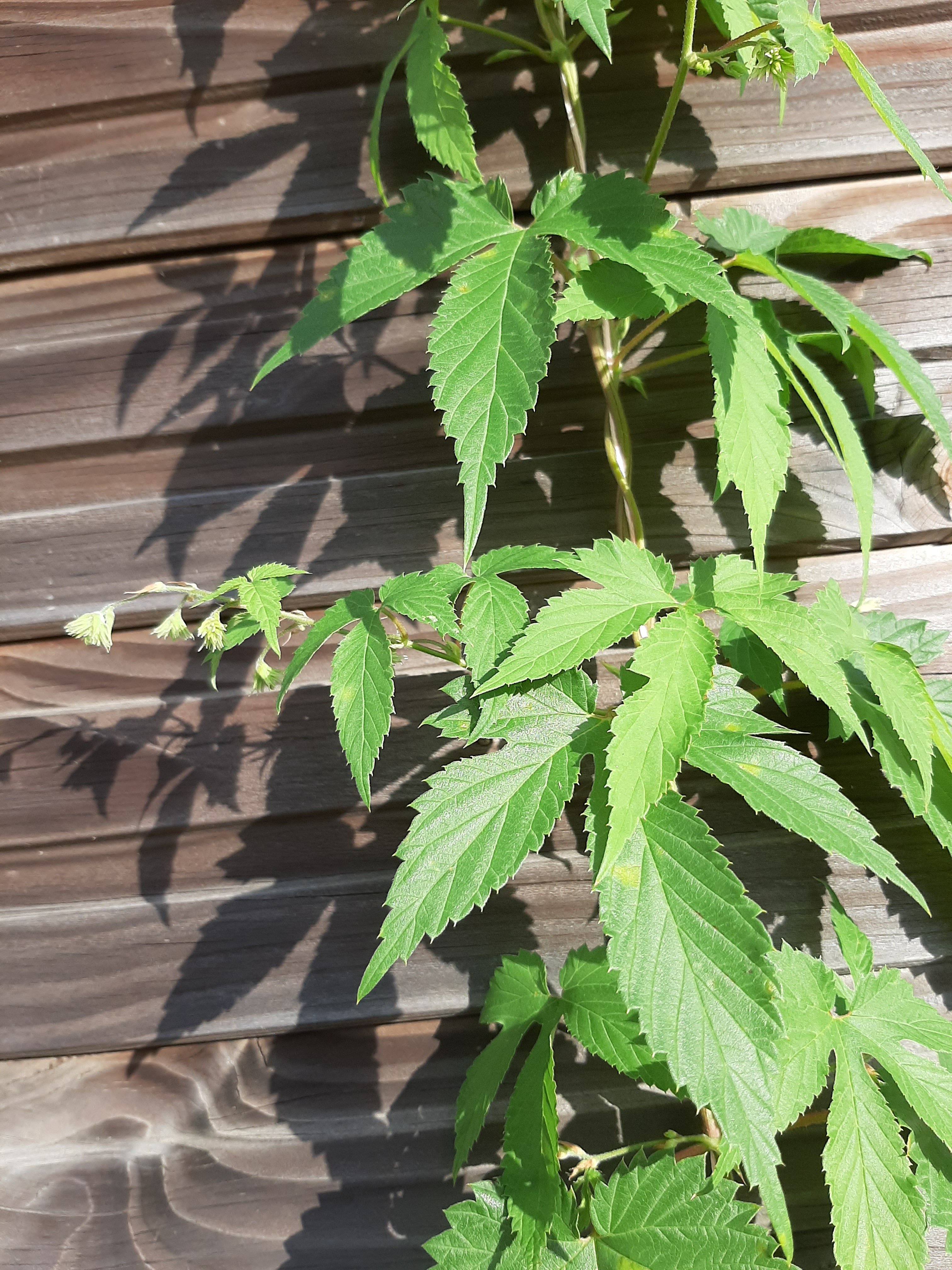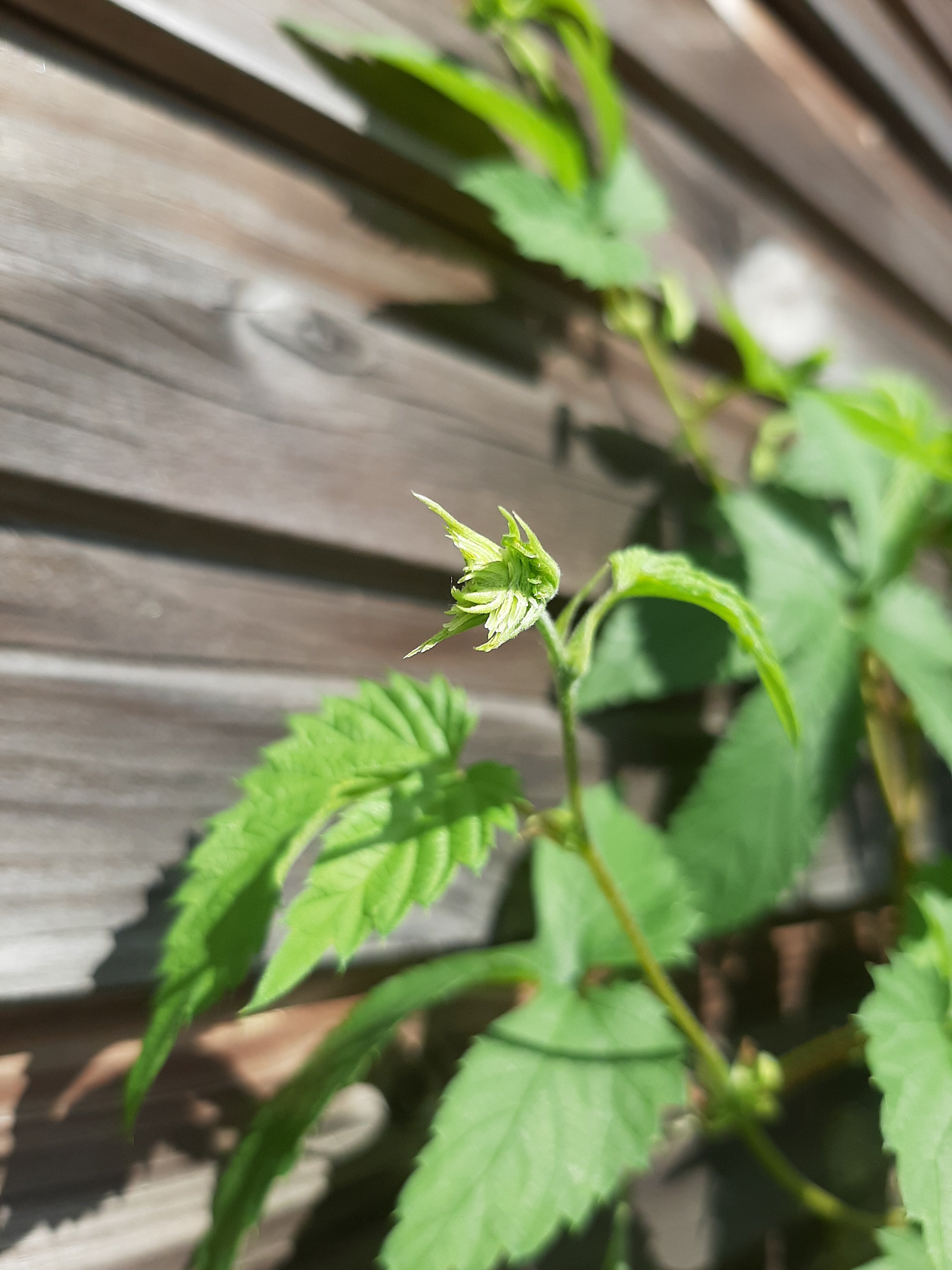Thank you again for going into detail. I should have been clearer.
I will be buying three plants from Great Lake Hops like in the above picture. I'm not sure what the size of the plant is but what I understand is they all will fit with in a USPS box. Also, I will be buying six 2-3 year old plants that are each in one gallon containers. I plan on planting all plants in 10 gallon grow bags.
It sounds like I'm in for an adventure in growing hops in my area. Hopefully, they will grow in the area I picked out. At least I will have the option to move them after the first season since they will not be permanently planted in the ground.
If you have any tips, please pass them on. I've read conflicting information on whether to lightly fertilize or not during the first year. In the past, I've used
https://www.amazon.com/Sea-Soluble-Seaweed-Extract-Fertilizer/dp/B00NIZ6KEO and Miracle Grow on indoor plants and vegetables. I wonder how those would work with hop plants.


